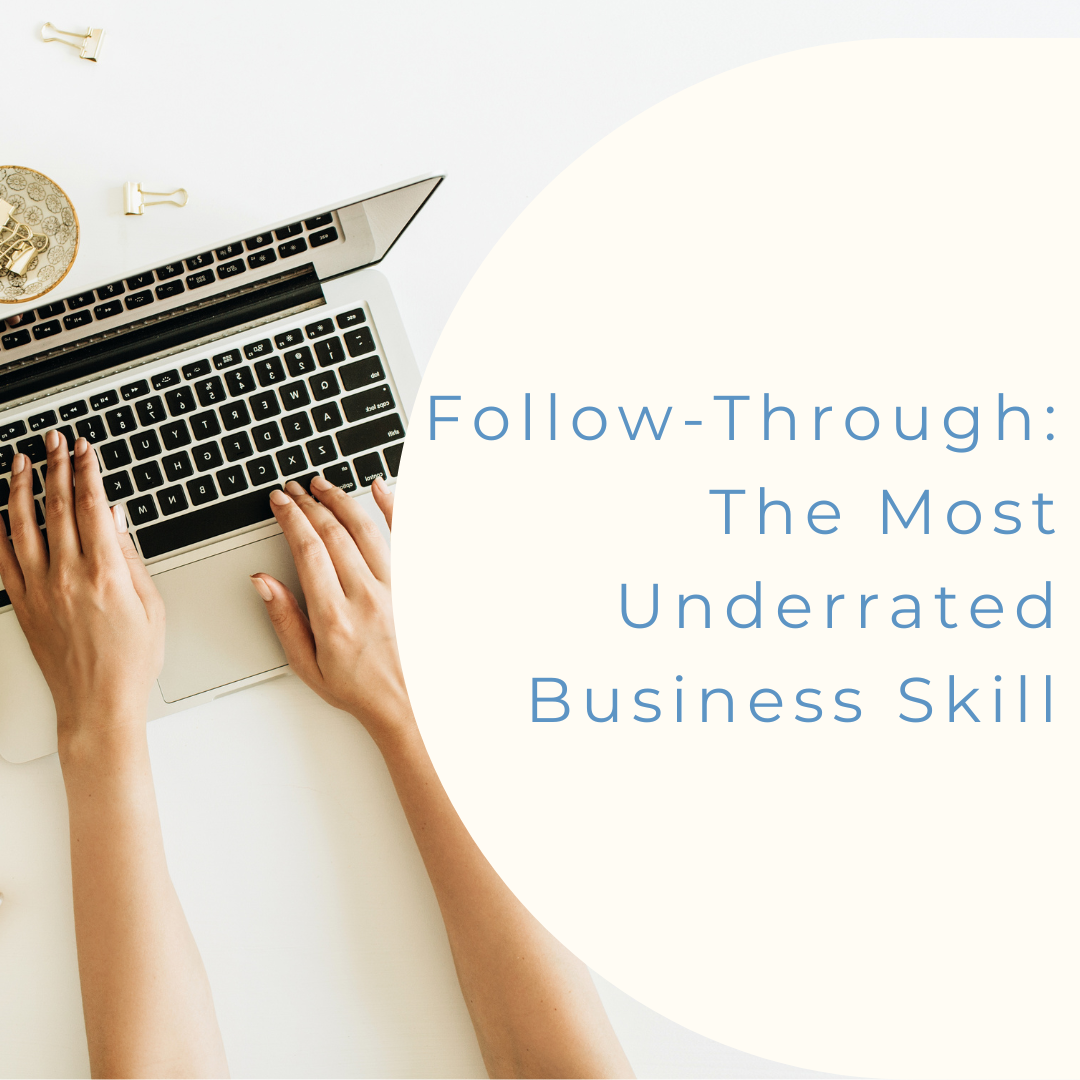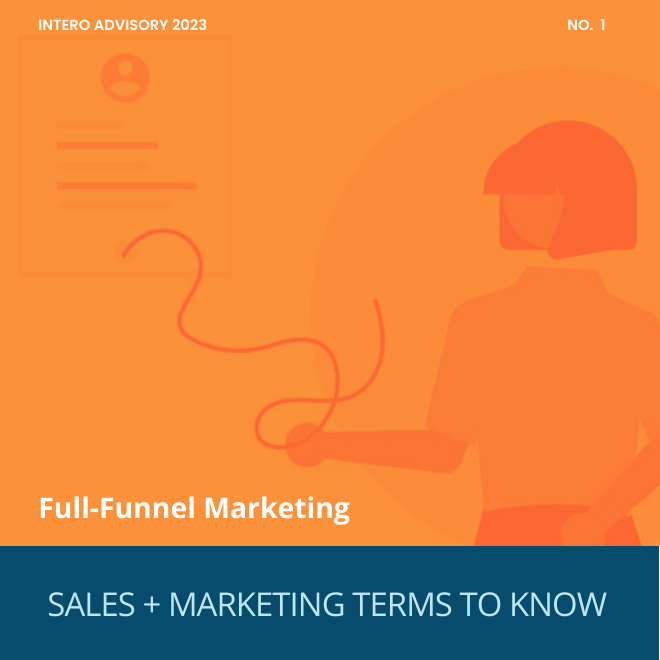"That was a great meeting!" You say this to yourself after you hit “end meeting” on Zoom. Fast forward one month: no deal, no partnership, no follow-through. Sound familiar?
Every day, promising business opportunities evaporate. This is not from a lack of interest but because we fail to follow up. While we invest thousands in trade shows, industry conferences, webinars, and networking events, we stumble when it matters.
This pattern repeats across industries: conversations start, momentum builds, and then... silence or inaction sets in. The relationship becomes stale, and you move on to something else, forgetting to revive it.
Changing the Trajectory of Your Year
I have spoken and attended an annual conference over the last three years, since its inception. I have met several key industry leaders and speakers at this event and continued to get to know some of them.
We support each other on LinkedIn posts and typically have a follow-up call. This year, though, during a follow up call, one of those people suggested we work together and respond to a call for a presentation for a large conference in a different industry. She said she would serve as the lead, and we were accepted and are presenting later this summer.
Another speaker from the same conference scheduled a call just last week, and we are discussing working together in a couple of ways, including me serving as her LinkedIn coach.
This conference and its halo effect have served as a key networking opportunity, an introduction to an industry that can directly benefit from our expertise, and a direct channel to new speaking opportunities.
Last fall I sent an email to a small group of former clients who we worked well with and who understand and appreciate our approach. This one email led to seven 1:1 Zoom calls - four workshops, several introductions, and three new clients.
One email that was brief, genuine, and no-pressure.
These small, take the next or another step actions became great opportunities for Intero Advisory.
The Follow Up Paradox: Why We Avoid Our Biggest Opportunities
Why don't we always follow up? The numbers tell a sobering story: According to Hubspot, 44% of salespeople give up after just one follow-up attempt, and nearly half (48%) never make any follow-up attempts at all.
The primary culprit in failed follow-ups? Most believe it is fear of rejection. This emotional barrier stops countless promising relationships before they even have a chance to develop.
However, the primary culprits are often more practical:
- Lack of a systematic approach to organizing follow-ups.
- Uncertainty about what exactly to say next.
- Simply getting caught up in day-to-day operations, especially for those running a business and responsible for driving revenue.
A thoughtful follow-up isn't pushy, it's strategic.
The key is shifting your mindset from "selling" to building a mutually beneficial relationship. Good businesspeople want to know and refer to other good businesspeople. We all have a network that could be the key to a very valuable opportunity for someone else.
We Need to Stop Being So Mechanical
The conventional wisdom says: "Follow up within 24 hours," and "It takes seven to twelve touches to convert." But this mechanical approach often backfires. We focus on maximizing a statistic, not engaging with people authentically.
Yes, we said it above: You need to be systematic. Having a system doesn’t mean acting like a robot. You need to be organized, but you also have to have a sense of the relationship and where it stands, not to overthink it, but to ensure you aren’t just checking a box.
Instead of rushing to send a message, wait until you have something genuinely valuable to share or a good reason to reach out. That could be, like the example above, just continuing the conversation, but again, you need to know what works.
Tailoring Your Follow Up to the Situation
Our experience is that the most successful follow-ups aren't generic—they're precisely tailored to the specific interaction that preceded them.
After trade shows: There will be endless templated, terrible outreach messages sent to attendees who traded business cards for swag or a chance to win a bottle of whiskey or a gift card. You don't want to be caught in that noise. You must reference something specific about your conversation or their company's unique challenges. Avoid the generic "Great to meet you at the expo" messages that flood inboxes.
Post-site visits: Most follow-ups for really good networking event intros or conversations should be immediate. Don't let that go stale. If you don't get a response and another event is coming up in a relatively short time, send a reminder a few days before the event. "Are you going on Tuesday? I enjoyed our chat last time about “X. "I'm looking forward to saying hi and hearing how that's progressing."
Virtual Events and Webinars: If you're hosting them and someone asks a specific question that you can answer briefly, consider sharing a blog post where you provide a more in-depth answer, or take the time to do so. Add "happy to jump on and discuss more if you think it is worth a conversation." This demonstrates your attentiveness and willingness to provide value beyond the event itself.
Industry Association Events: Most industry associations conduct research or have opinions based on membership. This is a great way to create conversation if you align with them or ask for an opinion, or how they are handling “X” change in their business.
Regardless of the scenario, the key is making your follow-up contextual, personal, and focused on continuing a meaningful conversation.
Warning Signs: Following Up Can Go Wrong
Even with the best intentions, follow-ups can backfire when executed poorly. Being overly persistent doesn't demonstrate commitment—it signals desperation and a lack of respect for the other person's time and boundaries. Generic, sales-focused messages immediately expose your lack of genuine interest in the relationship, while automated "touches" managed by team members who weren't part of the original conversation can leave prospects confused and alienated.
Here's how to ensure your follow-ups strengthen rather than damage potential relationships:
- Be specific and authentic: Reference concrete details from your conversation that demonstrate you were truly listening ("I've been thinking about your challenge with sourcing recycled materials for your manufacturing process...")
- Respect timing and pacing: The 2-3 day rule works for initial follow-ups, but subsequent communications should be spaced further apart (7-10 days) to avoid overwhelming your prospect
- Add genuine value with each contact: Each follow-up should deliver something new—an insight, resource, or perspective relevant to their specific situation, not just a reminder that you exist.
- Match the relationship stage: Early follow-ups should focus on building relationships and understanding, rather than closing deals or securing commitments.
- Take ownership of the communication: If you must delegate follow-up, thoroughly brief your team member on the conversation context and review their messages before sending.
Remember: a thoughtful follow-up demonstrates professionalism and attention to detail, while a careless one can damage a promising relationship permanently.
The Follow Up Stigma
Some people worry that following up feels manipulative. The difference is intent. Effective follow-ups focus on mutual benefit and shared opportunities. True business development means creating value for everyone involved.
Now, the creation of value is overused, but that's because we confuse actual value with mindless activity. We want an automated solution that tees up articles we barely read and sends them to people. That isn’t value, that is work. We say we will connect people to someone else, and then don’t follow through. It feels empty because it is empty.
Converting Conversations into Contracts
Remember my examples above? Those easily could have been left as is. No follow up conversation, no email. Instead, a follow-up message and conversation furthered the relationship and business opportunity for both of us.
The difference between a forgotten conversation and nurturing a great relationship often comes down to those who make an effort to follow up. It is all about taking that next step and building a network that works for you.






